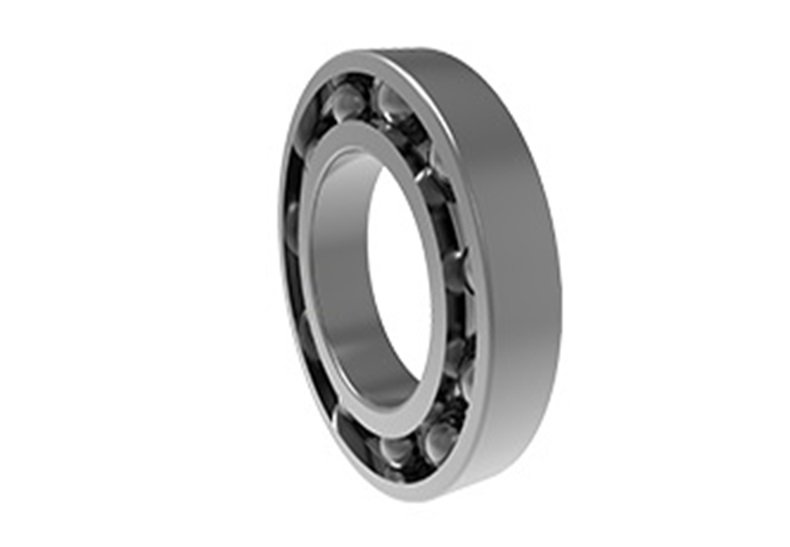What Details Should Be Paid Attention to in the Installation Process of Slewing Bearings?
The slewing bearing is a critical load-bearing and rotating component in mechanical equipment. Its installation quality directly affects the equipment's performance and lifespan. In actual operation, the installation process of the slewing bearing involves multiple details, and any negligence in any step could lead to equipment failure. This article will provide detailed information on the key details that need attention during the installation of a slewing bearing to ensure the stable operation of the equipment.
Preparatory Work Before Installing the Slewing Bearing
Before installing the slewing bearing, thorough preparation work must be carried out. First, check the fit dimensions of the slewing bearing and the installation site to ensure they meet the design requirements. Second, clean the installation site and the surface of the slewing bearing, removing impurities and rust to prevent foreign objects from affecting installation precision.
Additionally, it is crucial to confirm that all tools and equipment are ready, including lifting equipment, measuring tools, and lubricating grease. Arrange the installation site reasonably to ensure sufficient operating space.
Key Details During the Installation of the Slewing Bearing
Positioning and Alignment
Ensure the alignment precision between the slewing bearing and the base or flange during installation. Use centering pins or specialized positioning tools for precise positioning to avoid installation deviations.
Uniformity of Tightening Bolts
Follow the diagonal cross-sequence when tightening bolts, gradually increasing force to ensure even force distribution among all bolts, avoiding deformation or stress concentration due to localized excessive force.
Lubrication and Protection
During the installation process, ensure that the lubrication points of the slewing bearing are adequately lubricated with special grease. Improper lubrication may lead to increased friction, affecting the normal operation of the slewing bearing. Simultaneously, protect the slewing bearing after installation to prevent dust and moisture intrusion.
Inspection and Debugging
After installation, conduct a comprehensive inspection, including the operational stability of the slewing bearing, clearance adjustment, and bolt tightening condition. If necessary, perform a trial run to ensure that the slewing bearing installation is accurate.
Post-Installation Considerations for the Slewing Bearing
After the slewing bearing installation is complete, periodic inspection and maintenance are required. Check the state of the lubricating grease and the tightness of the bolts, timely addressing any problems identified to ensure the long-term stable operation of the slewing bearing.
The installation process of the slewing bearing involves multiple details, from preparatory work before installation to inspection and maintenance afterward; each step is crucial. By following the correct installation steps and paying attention to key details, the service life of the slewing bearing can be effectively extended, ensuring reliable equipment operation.














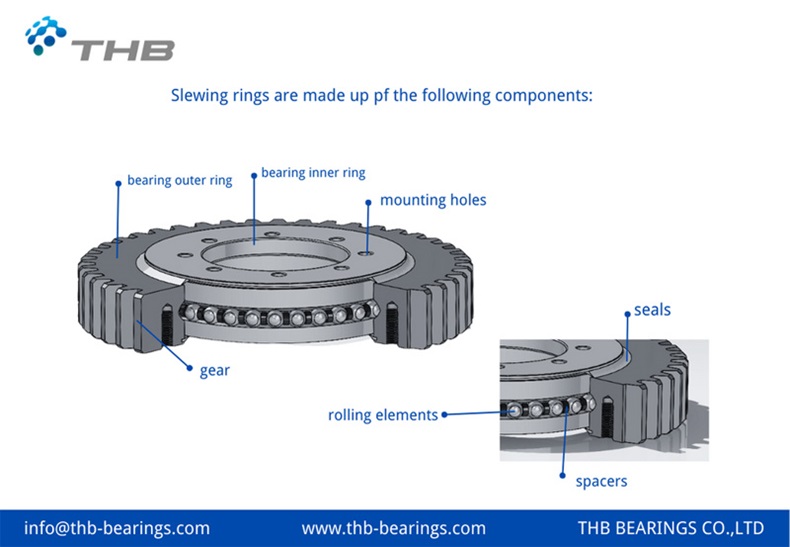
 English
English  français
français  Deutsch
Deutsch  italiano
italiano 


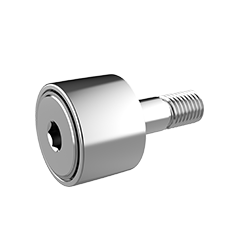
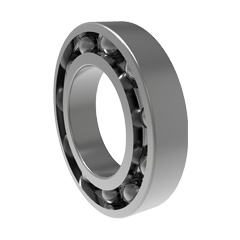

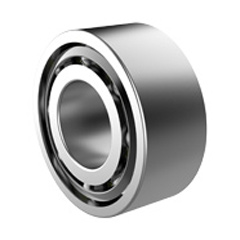
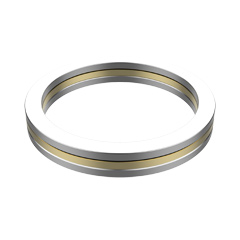


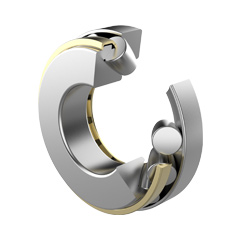
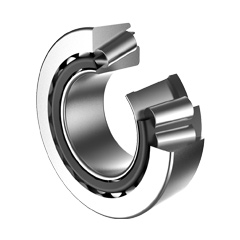
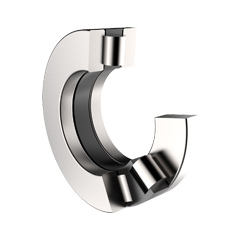
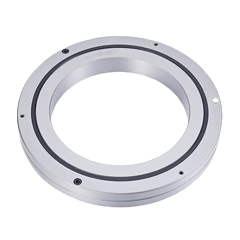
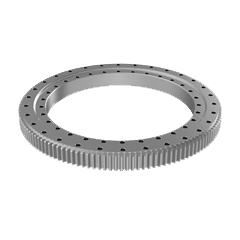

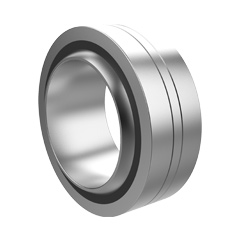

 English
English  français
français  Deutsch
Deutsch  italiano
italiano 


